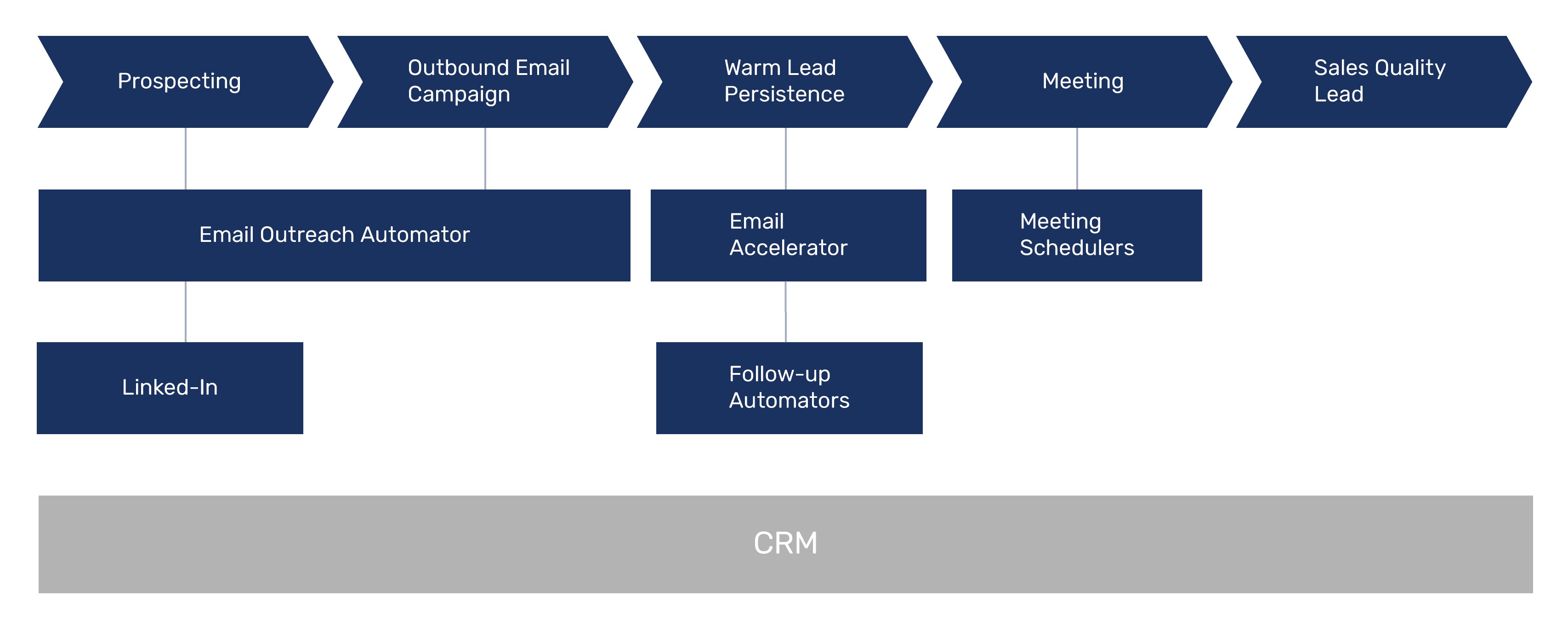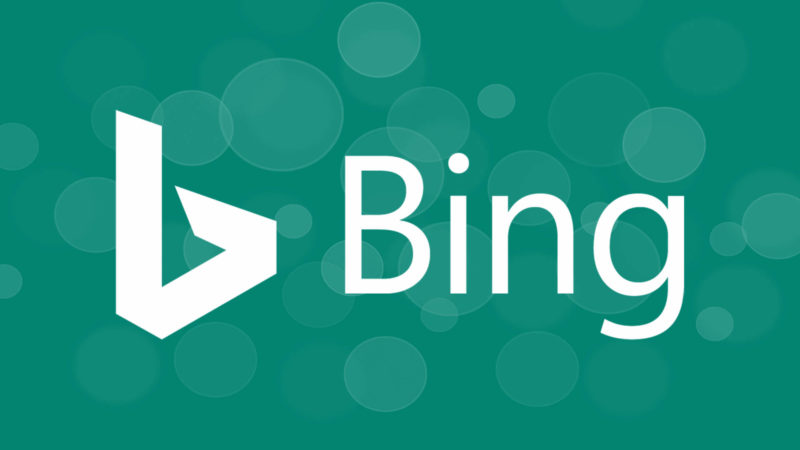See details of post ‘High-quality content’ tips from Google’s own style guides below

Google has long stressed the importance of “high-quality content” but has provided little, if any, help for those seeking to create it. Until now.
Last month, Google’s Developer Relations Group publicly published five different guides aimed at helping its own creators “striving for high-quality documentation.” And “documentation,” when posted online, means digital content.
Now available:
To put this in context, consider that these documents represent just a few of the many guides Google uses internally. The information provided is not new, unique, original, or even complete. That said, Google’s Developer Documentation Style Guides are an excellent resource for anyone interested in creating the type of high-quality content that users value and search engines reward.
Each guide reinforces the idea that high-quality pages — the kind that rank well in search — are a combination of high-quality code, content and UX.
Here is a quick overview of Google’s Developer Documentation Style Guide tips for content creators:
- Use a friendly, conversational tone with a clear purpose — somewhere between the voice you use when talking to your buds and that you’d use if you were a robot.
- Try to sound like a knowledgeable friend who understands what users want to do.
- Use standard American spelling, grammar, punctuation and capitalization.
- Craft clear, concise, short sentences with simple words that users will understand.
- Implement effective and descriptive link text.
- Use accessible words and short sentences that will translate well to other languages.
- Consider numbered lists for sequences of events.
- Ensure outbound links are to sites that are “high-quality, reliable and respectable.”
Here is a quick overview of Google’s Developer Documentation Style Guide tips for developers/technical creators:
- Consider SVG files or optimized .png files with ALT text.
- Use tables and/or lists correctly. For example, only use a table when you have multiple columns of information.
- Include <strong> or <b> as appropriate — <b> is for visual emphasis and <strong> is for items of strong importance.
- Select HTTPS for embedded resources when possible, especially images, media files, CSS and scripts.
- For HTML templates, use HTML5 in UTF-8 without byte order marks (BOMs).
- Consider three-character hexadecimal notations instead of six characters for colors, as they are shorter and more succinct.
- Use HTML for structure and CSS for visual style.










